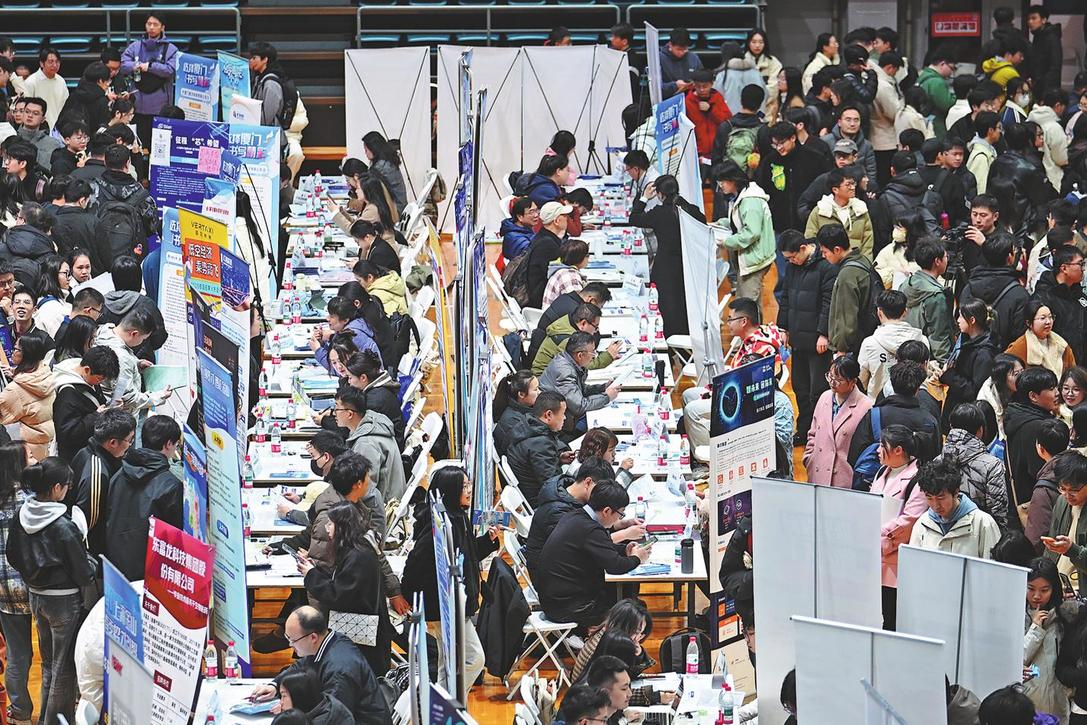A woman who changed our world
By Yang Yang | CHINA DAILY | Updated: 2022-07-05 08:18

To get accurate results from experiments, she worked very hard day and night at a laboratory and gained a reputation for accuracy. There was a saying among physicists: If the experiment was done by Wu, it must be correct.
She was always cautious in experiments, spending a great deal of time calibrating instruments. She didn't start collecting data until she fully understood the instruments. Her experiments overturned many previous experimental results and theories, said Samuel Chao Chung Ting, American physicist and Nobel Prize winner, in a video for the anniversary events on May 31.
In 1956, theoretical physicists Tsung-dao Lee and C.N. Yang approached Wu to create an experiment to test their theory that questioned conservation of parity, a long-held foundational principle in quantum mechanics.
In an article Lee wrote for the anniversary events, he recalled that when he and Yang proposed the theory of parity non-conservation in weak interactions, "who should we invite to test it? I thought of Wu. She was one of the most authoritative scientists studying beta decay".
For this experiment, Wu did not hesitate to abandon a travel plan that was prearranged long ago.
At that time, almost all the scientists believed that the universe was symmetric. As a result, when Wu organized a team to test the theory in the summer of that year, her experiment became a source of derision among the big figures in physics, including Nobel Prize winners Wolfgang Pauli and Richard Feynman, Yang recalled in his article for the anniversary events.
























